I'm studying this article to help with an audio synthesizer design for guitar/piano strings.
Musical strings can be conceptualized as having both vertical (perpendicular to the soundboard/body) and horizontal vibrations. Slight differences in the horizontal and vertical vibrations contribute to the sound. In particular the vertical vibrations tend to decay a bit faster due to greater coupling with the soundboard/body. The horizontal and vertical vibrations influence one another by coupling at the bridge pin where they are attached.
This can be modeled as a mechanical equivalent circuit like so:
I don't have much experience in circuit design. I am trying to understand the way the signal flows in Figure 3. I have a few questions:
- What do the hollow circles at the top and bottom portion of the circuit represent?
- Which way does the circuit flow throughout the entire diagram? Can you add some arrows to illustrate?
- eg. The arrows for force (f) and velocity (u) indicate that a horizontal string excitation (f3,u2) will pass through the bridge pin transformer and create an excitation (f2,u1) that can then pass through the soundboard and this should lead to ground as per Fig 2. Is the whole bottom of the circuit in Fig 3 ground?
- eg. How would a horizontal string excitation make its way into exciting a reactive vertical string excitation in this model? Or vice versa? They should be able to excite one another directly in either direction through the bridge pin. Where does the signal flow both ways in Fig 3 to allow this?
Thanks for any help. I think if I understand the signal flow I should have a better chance of understanding this behavior.
